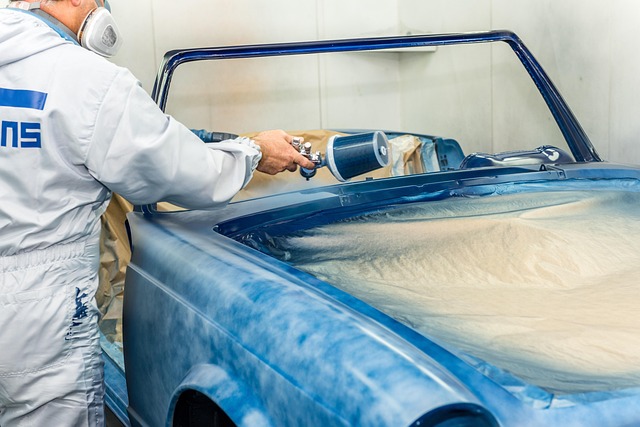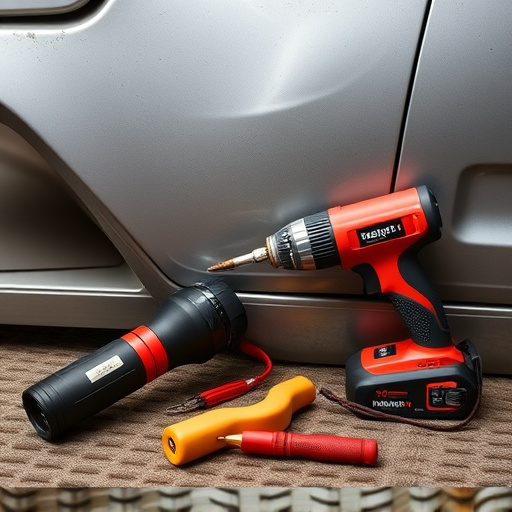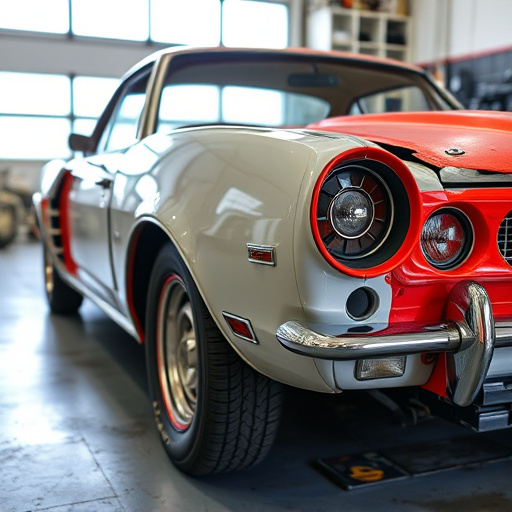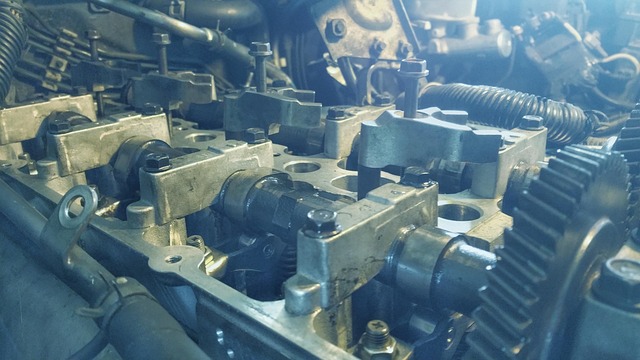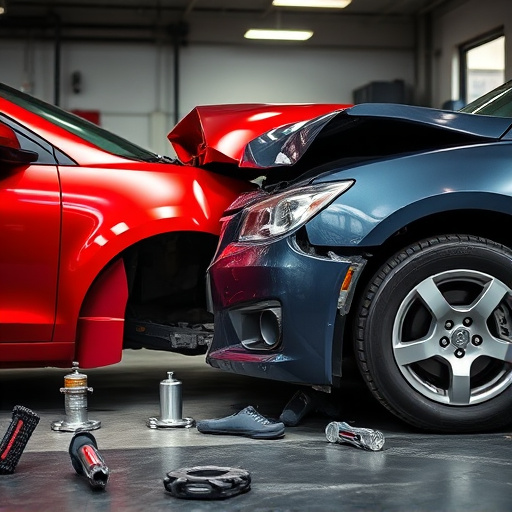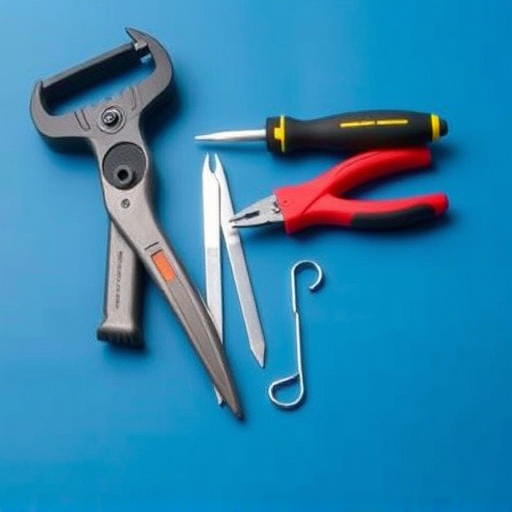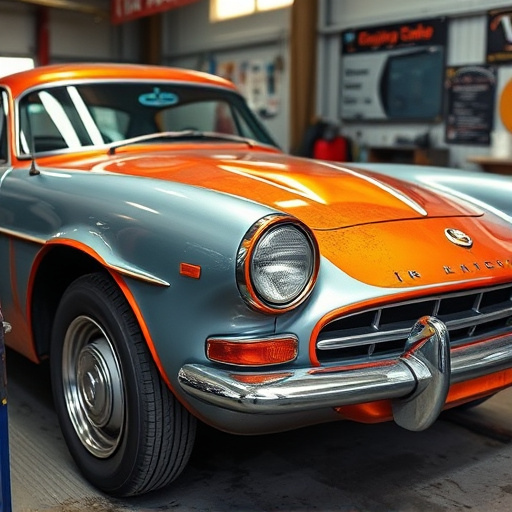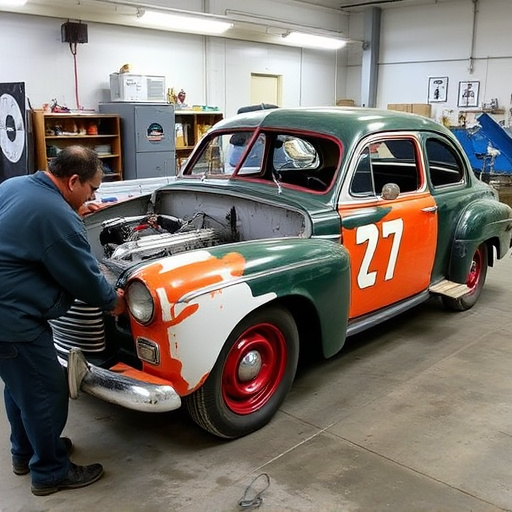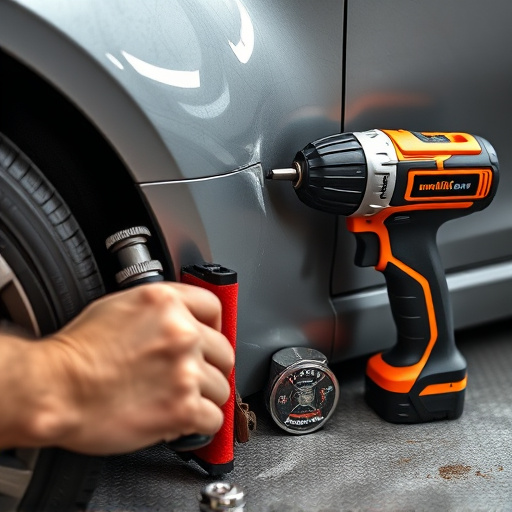PDR (Paintless Dent Repair) is a specialized auto bodywork technique that removes minor dents and scratches without damaging the original paint job, preserving the vehicle's factory finish. Ideal for small dings, scratches, and dents, PDR avoids invasive methods like sanding, priming, or repainting, maintaining the car's value and appearance. Skilful technicians clean, assess, and gently manipulate dented panels using air guns and metal rods, achieving professional results that protect the vehicle's protective paint layer.
“PDR, or paintless dent repair, is a revolutionary technique transforming auto body restoration. This non-invasive method excels in addressing minor dents, preserving the vehicle’s original paintwork. Unlike traditional repairs that can alter the car’s finish, PDR gently leverages specialized tools to remove dents without painting.
This article delves into the science behind PDR, highlighting its benefits for maintaining aesthetic integrity and offering practical tips for achieving successful, paint-preserving results.”
- Understanding PDR Technique for Minor Dents
- Benefits of Preserving Original Paint with PDR
- Best Practices for Effective PDR Application
Understanding PDR Technique for Minor Dents
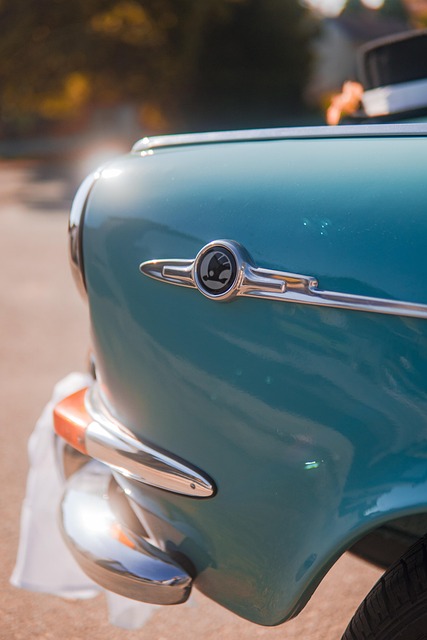
The Process of PDR for Minor Dents
PDR, or Paintless Dent Repair, is a specialized auto bodywork technique that focuses on removing minor dents and scratches from vehicle surfaces without disturbing the original paint job. This non-invasive method has gained popularity among collision repair services due to its effectiveness and minimal impact on the overall aesthetics of the car. By using a range of tools and techniques, PDR specialists can carefully manipulate the dented area back to its original form, leaving no visible evidence of damage.
This process involves several steps: first, the technician assesses the dent’s size and location. Then, they use specialized tools like air guns and metal rods to gently push or pull the dented panel back into place, returning it to its original position and contour. The key advantage of PDR for minor dents is that it preserves the factory finish, ensuring the vehicle retains its value and looks as good as new without extensive painting or repainting required in traditional collision repair services.
Benefits of Preserving Original Paint with PDR

Preserving the original paint on a vehicle is not just about aesthetics; it offers numerous practical benefits, especially when utilizing PDR for minor dents. By opting for Paintless Dent Repair (PDR) techniques, car owners can maintain the integrity of their vehicle’s paintwork, which acts as a protective layer against environmental elements. This is particularly advantageous for those who want to avoid the costs and time-consuming process of a full car body restoration.
PDR for minor dents allows for precise repairs without disturbing the surrounding paint. It is an effective solution for small dings, scratches, and dents, ensuring that the vehicle retains its factory finish and value. Unlike traditional auto glass repair or painting methods, PDR is a non-invasive process that does not require sanding, priming, or repainting, thus preserving the original paint job as much as possible. This not only saves time but also maintains the car’s overall appearance, making it an appealing choice for cost-conscious owners who desire a like-new finish without the hassle of extensive auto body work.
Best Practices for Effective PDR Application

When applying PDR (Paintless Dent Repair) for minor dents, adhering to best practices ensures optimal results in preserving the original paint. First, prepare the surface by removing any debris or contaminants with specialized tools and a thorough wash. This step is crucial as it creates a clean canvas for the repair process.
Next, assess the dent’s depth and location accurately. PDR works best on shallow dents, typically less than 0.5 millimeters deep. Using a light touch, apply pressure while working the tool over the dent to gently push the paint back into place. Skilled technicians use their fingers to gauge the repair, ensuring minimal disruption to the surrounding paint surface. Proper training in PDR techniques from reputable collision repair services or collision centers is vital to achieving professional-grade car body restoration.
PDR (Paintless Dent Repair) for minor dents is a game-changer in preserving original paint, offering a cost-effective and non-invasive solution. By skillfully applying this technique, professionals can restore vehicles to their pre-dent condition, maintaining the car’s overall aesthetic value. With the right tools and techniques, as outlined in this article, PDR ensures that minor dents no longer pose a challenge, keeping your vehicle looking its best with minimal disruption to the original paintwork.
